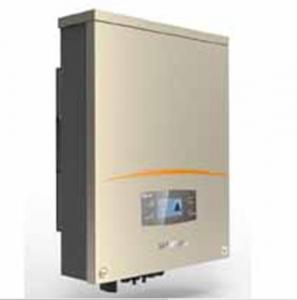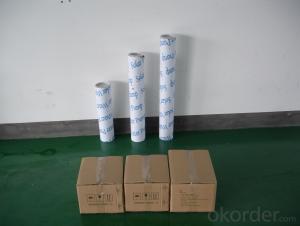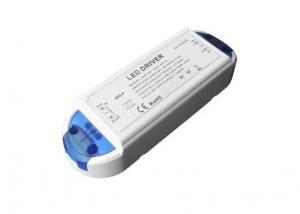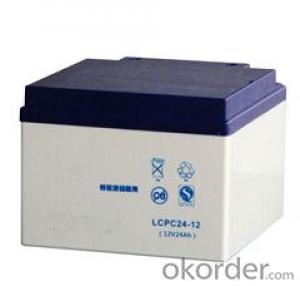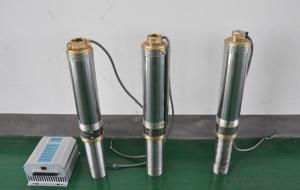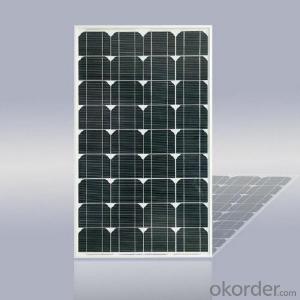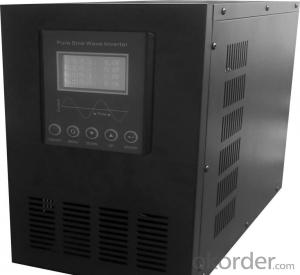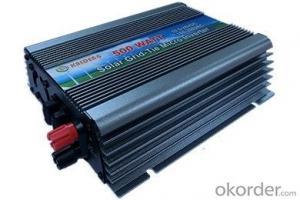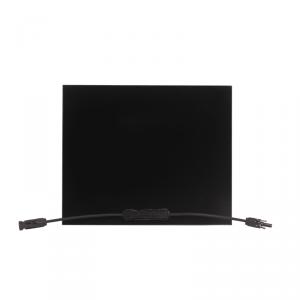24v Solar Inverter
24v Solar Inverter Related Searches
Solar 24v Inverter 24v Inverter Solar 24 Volt Solar Inverter 24 Volt Inverter Solar 24 Volt Solar Power Inverter Solar Power Inverter 24v 24v Hybrid Solar Inverter 24 Volt Hybrid Solar Inverter 24v Solar Inverter Charger Solar Inverter Charger 24v Hybrid Solar Inverter 24v Best 24v Solar Inverter 24 Volt Solar Inverter Charger 240v Solar Inverter Solar Inverter 240v Best 24 Volt Solar Inverter 240v Inverter Solar 240 Volt Solar Inverter 24 Volt Solar Inverter Price Solar Inverter 24 Volt Price 24 Volt Mppt Solar Inverter 24v Mppt Solar Inverter Solar Inverter 24v To 230v Mppt Solar Inverter 24v 12v Solar Inverter Solar 12v To 240v Inverter 230v Solar Inverter Solar 220v Inverter 220v Solar Inverter 12v Solar Power Inverter24v Solar Inverter Supplier & Manufacturer from China
24v Solar Inverters are specialized devices designed to convert the direct current (DC) generated by solar panels into alternating current (AC) that can be utilized by various electrical appliances. These inverters play a crucial role in solar energy systems, ensuring that the power generated by solar panels can be effectively utilized in homes, businesses, and other establishments. They are engineered to handle the specific voltage requirements of 24-volt solar panel arrays, making them an essential component in the efficient functioning of solar energy systems.The 24v Solar Inverter is widely used in a variety of applications, including off-grid solar power systems, backup power supplies, and grid-tied solar installations. In off-grid systems, these inverters are vital for converting solar power into usable electricity for lighting, heating, and other essential appliances in remote locations without access to the main power grid. They also serve as backup power sources during power outages, ensuring a continuous supply of electricity to critical systems and appliances. In grid-tied solar installations, 24v inverters help to feed excess solar power back into the grid, contributing to energy conservation and potentially earning credits for the solar power system owner.
Okorder.com is a leading wholesale supplier of 24v Solar Inverters, boasting a vast inventory of high-quality products to cater to the diverse needs of customers worldwide. With a commitment to providing reliable and efficient solar energy solutions, Okorder.com offers a comprehensive range of 24v inverters from reputable manufacturers, ensuring that customers have access to the latest technology and best performance in the solar energy market.
Hot Products




